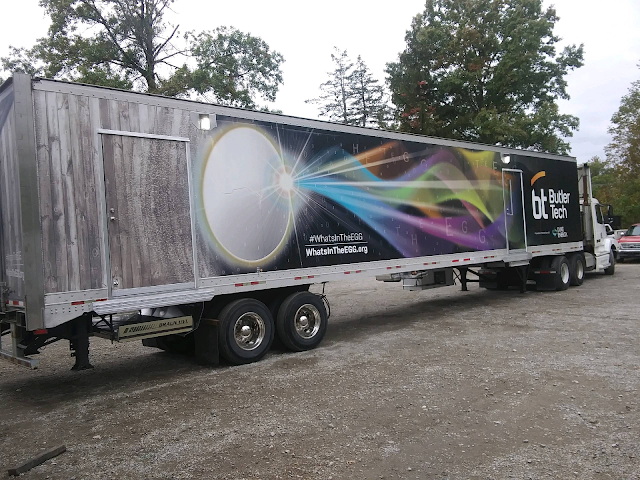Mobile BMI and Mobile PET-CT Trailers: Revolutionizing Medical Imaging
Advancements in technology have enabled the development of mobile
medical units, including Mobile BMI (Bone Mineral Imaging) and Mobile PET-CT
(Positron Emission Tomography-Computed Tomography) Trailers. These mobile units
are transforming the healthcare industry by bringing diagnostic imaging
services to remote or underserved areas, reducing patient wait times, and
improving accessibility to medical care.
Mobile BMI Trailers:
Mobile BMI Trailers
are equipped with state-of-the-art dual-energy X-ray absorptiometry (DXA)
scanners that are used to measure bone density. These trailers are designed to
be portable and can be transported to different locations to provide on-site
bone density testing services.
Bone density testing is crucial in diagnosing and monitoring
conditions such as osteoporosis, which is a common condition that affects bone
health, especially in older adults. By bringing this diagnostic tool to remote
or underserved areas, mobile BMI trailers are making it easier for patients to
access bone density testing and receive timely medical care.
Mobile PET-CT
Trailers:
Mobile PET-CT Trailers
are equipped with PET-CT scanners, which are advanced imaging tools that
combine the functional imaging capabilities of positron emission tomography
(PET) with the structural imaging capabilities of computed tomography (CT).
PET-CT scanners are used to diagnose and monitor cancer, neurological disorders,
and other medical conditions.
Mobile PET-CT Trailers are designed to be fully
self-contained and can be deployed to various locations, including hospitals,
clinics, and remote areas. These mobile units allow medical professionals to
provide diagnostic imaging services to patients who may not have access to
traditional imaging facilities or who are unable to travel to distant imaging
centers.
Benefits of Mobile
Medical Units:
Mobile medical units, including Mobile BMI and Mobile PET-CT
Trailers, provide numerous benefits for patients, medical professionals, and
healthcare facilities. Some of the benefits include:
Accessibility: Mobile units can be deployed to remote or underserved
areas to provide diagnostic imaging services to patients who may not have
access to traditional imaging facilities.
Convenience: Mobile units can be scheduled for on-site
visits, reducing patient wait times and eliminating the need for patients to
travel to distant imaging centers.
Cost-effectiveness: Mobile units can reduce healthcare costs
by eliminating the need for patients to travel to distant imaging centers and
by providing timely diagnosis and treatment.
Flexibility: Mobile units can be deployed to various
locations and can be used to provide a range of diagnostic imaging services.
In conclusion,
Mobile BMI and Mobile PET-CT Trailers are revolutionizing the healthcare
industry by bringing diagnostic imaging services to remote or underserved
areas, reducing patient wait times, and improving accessibility to medical
care. These mobile units provide numerous benefits for patients, medical
professionals, and healthcare facilities and are transforming the way
diagnostic imaging services are delivered. With the advancements in technology
and increasing demand for accessible medical care, the use of mobile medical
units is likely to continue to grow and expand in the coming years.




Comments
Post a Comment